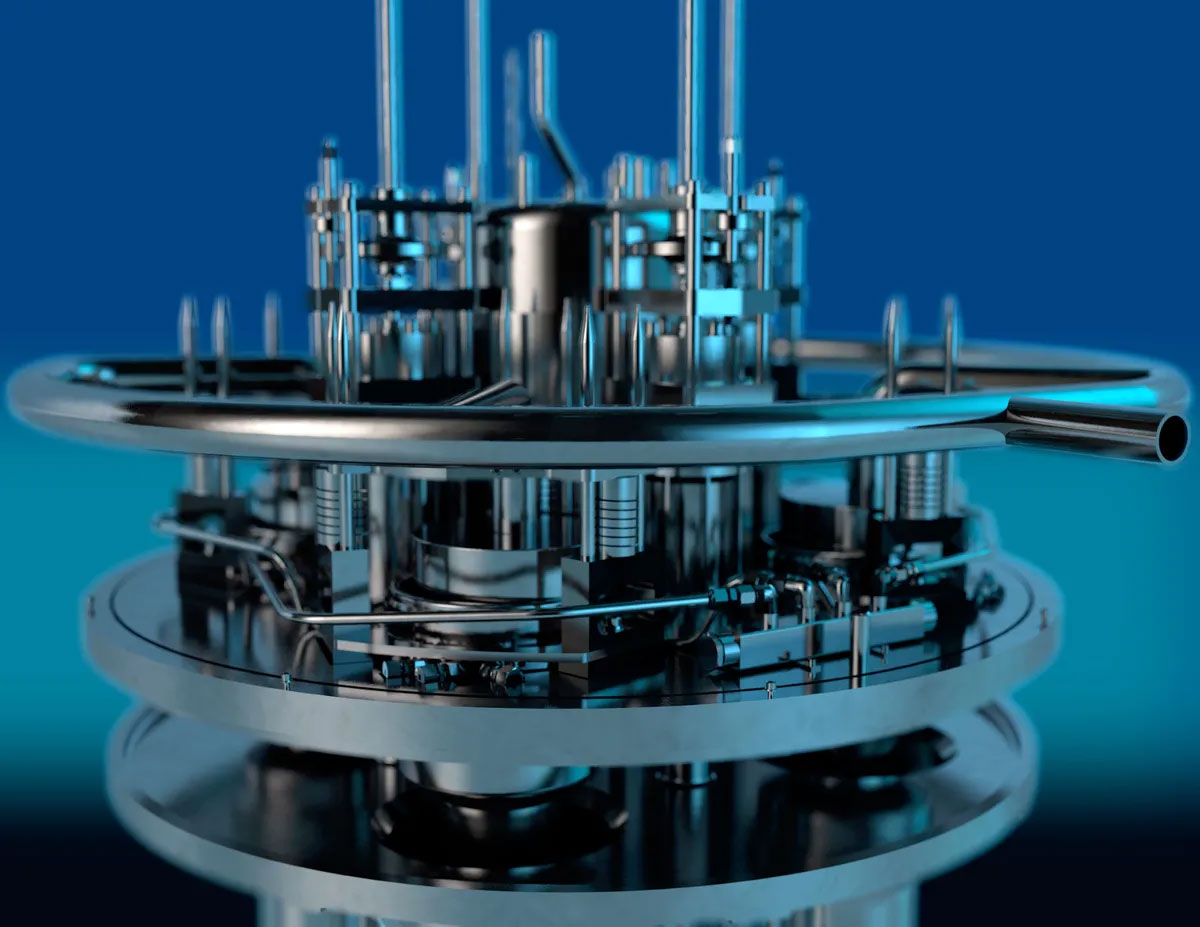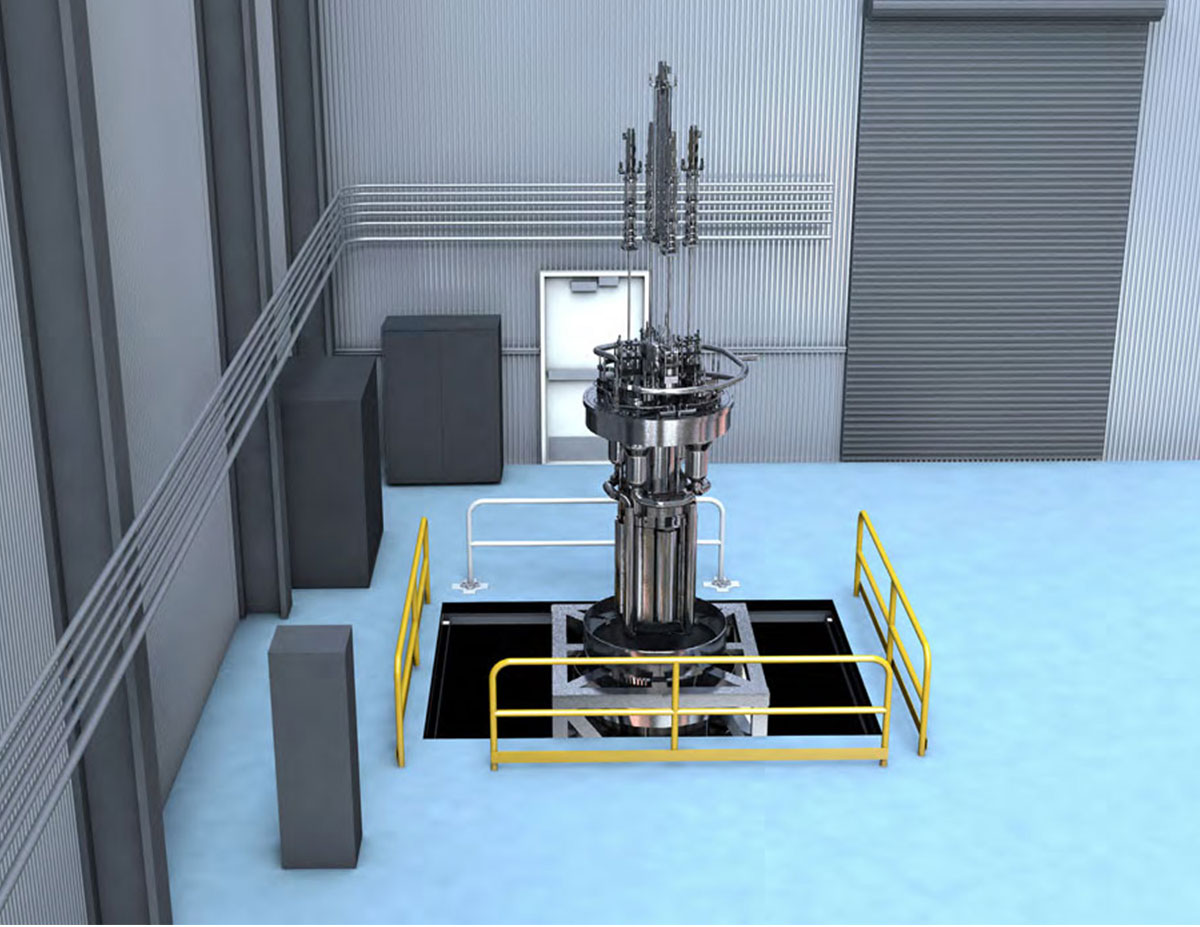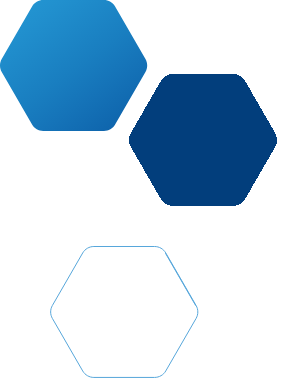MARVEL
MARVEL Project
The Microreactor Applications Research Validation and Evaluation (MARVEL) project, led by Idaho National Laboratory (INL) under the DOE Microreactor Program is pioneering the development of a nuclear microreactor demonstration test bed. This project aims to advance the integration and application of microreactors in various industries, providing a unique opportunity for companies to learn from, collaborate, test novel capabilities, and enhance the technological maturity of microreactors.
MARVEL features a sodium-potassium cooled microreactor designed to generate 85 kilowatts of power. MARVEL is intended to test microreactor applications, develop regulatory processes, and explore various electrical and nonelectric uses. It will be connected to INL’s first nuclear microgrid and is expected to be operational by late 2027.
Expression of Interest
The U.S. Department of Energy (DOE) is seeking an Expression of Interest (EOI) from industry providers to suggest potential tests and experiments that leverage the Microreactor Application Research Validation and Evaluation (MARVEL) demonstration.
Expression of Interest
The U.S. Department of Energy (DOE) is seeking an Expression of Interest (EOI) from industry providers to suggest potential tests and experiments that leverage the Microreactor Application Research Validation and Evaluation (MARVEL) demonstration.
Key Features of the MARVEL Microreactor
Sodium-Potassium Cooled
MARVEL uses a sodium-potassium eutectic coolant for efficient heat transfer.
85 kW Power Generation
The reactor is designed to produce 85 kW of thermal energy, which can be converted to electricity.
Microgrid Integration
MARVEL is planned to be connected to INL’s first nuclear microgrid, allowing for testing of grid integration capabilities.
Versatile Applications
MARVEL will be used to explore and test microreactor applications for both electrical and nonelectric purposes, such as water purification, thermal storage, and district heating.
Regulatory Process Development
MARVEL will be used to help develop regulatory approval processes for microreactors.
Remote Monitoring and Autonomous Control
MARVEL will be used to test systems for remote monitoring and develop autonomous control technologies for microreactors, according to the Department of Energy.
Fuel Type
MARVEL will utilize High-Assay, Low-Enriched Uranium (HALEU) fuel.
Latest News
Frequently Asked Questions
What is MARVEL and why is it important?
MARVEL is a sodium potassium-cooled microreactor that uses uranium zirconium hydride fuel, a version of TRIGA fuel that is similar to what is used in university research reactors across the country. The microreactor will employ natural circulation cooling and operate at a temperature range of 500 to 550 C. Process heat applications can expect to receive an inlet fluid temperature upwards of 300 C. MARVEL is capable of producing 85 kilowatts of thermal energy and approximately 10 kW of electricity.
MARVEL is a first-of-a-kind microreactor test bed intended to pioneer the integration of nuclear generated power into non traditional applications.
What can MARVEL be used to power?
MARVEL can power a wide range of applications. Example applications for electricity use cases include powering a microgrid, small data center node, or charging station. Example heat use-cases could be synfuel production, chemical processing, or novel heat application.
How small is MARVEL?
MARVEL is approximately the size of a sedan car. The reactor is around 15 feet tall.
Where will MARVEL be located?
The reactor is slated to be installed at the Transient Reactor Test (TREAT) facility located at the Idaho National Laboratory. TREAT is located at the Materials and Fuels Complex at the INL desert Site
What is the current deployment timeline for MARVEL?
Key components of MARVEL are being fabricated with several systems (e.g., guard vessel) already completed and in storage. Final reactor assembly is expected in 2026 with installation in TREAT starting in late 2026. Dry initial criticality is anticipated in 2027 with transition to full power operations in 2028. The first stage of operation will consist of electricity generation with the second stage, likely in 2029, transitioning to process heat generation.
How long will MARVEL operate?
MARVEL is expected to be in operation from 2028 to 2030. An experiment testing plan will be released at the conclusion of the EOI and notice of opportunity process to determine the sequence of demonstrations during the operational timeline. The reactor is anticipated to operate primarily during “off-shifts” at the facility when the other TREAT reactor is not operational. This typically extends from Friday through Sunday. However, depending on needs, continuous week-long operations can be accommodated.
How is MARVEL funded?
MARVEL is funded under the U.S. Department of Energy, Office of Nuclear Energy, Microreactor Program within the Advanced Reactor Technologies Program.
Could MARVEL one day be commercially deployed?
The MARVEL design is not intended to be a commercial product. However, members of the project are keen to work with stakeholders on commercializing different aspects of the technology and supporting novel concepts being pursued by industry.
Fact Sheets

Microreactor Application Research Validation and Evaluation Project (MARVEL)
MARVEL will be an 85-kW thermal microreactor installed at INL to help advance the technical maturity of advanced reactor designs.

MARVEL: Industry Collaboration and Applications
The Microreactor Applications Research Validation and Evaluation (MARVEL) project, led by Idaho National Laboratory (INL) under the DOE Microreactor Program (MRP), is pioneering the development of a nuclear microreactor test bed.


